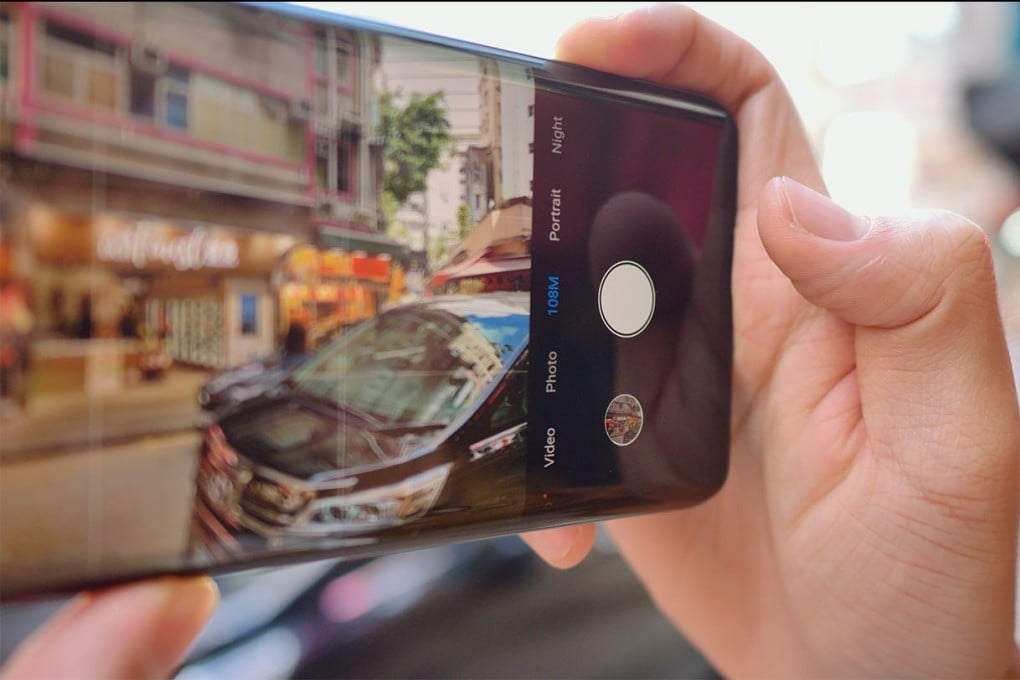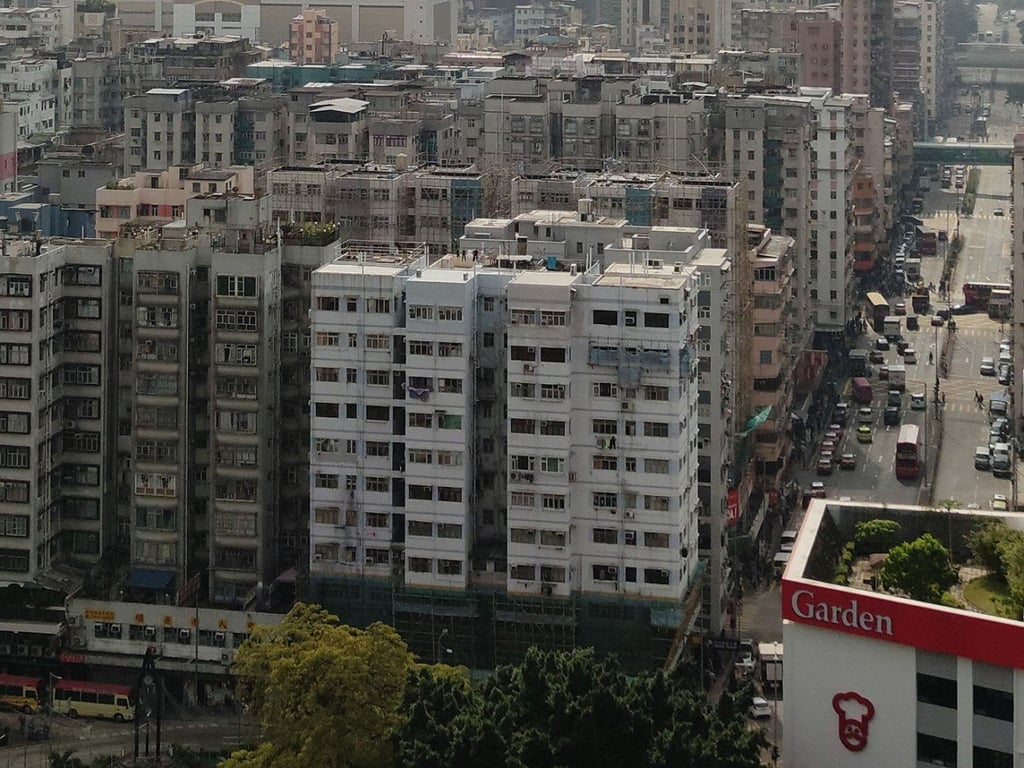What it’s like to shoot 108-megapixel photos on the Xiaomi Mi Note 10
Xiaomi’s first phone with a 108-megapixel camera is impressive when it comes to zooming, but low-light performance leaves much to be desired

With the Mi Note 10, Xiaomi has released the first 108-megapixel smartphone camera. Having such a high-resolution camera in your pocket at all times can be useful, but there’s more to picture quality than just how many pixels it has.
What’s it really like to shoot with this super high resolution camera on the go? And do you really need a 108-megapixel camera? Here’s my experience.
CROPPING
The biggest advantage of 108-megapixel photos is the flexibility you have with cropping the image later. You can crop a 108-megapixel photo aggressively and still have a resolution high enough for a good-quality print or for uploading to social media.
When shooting at 108 megapixels, the Mi Note 10 outputs a high-res shot at 12032x9024 pixels. Most of my cropped shots still have a resolution of 2794x2096, giving me a really zoomed-in shot in a 5.8-megapixel image.

